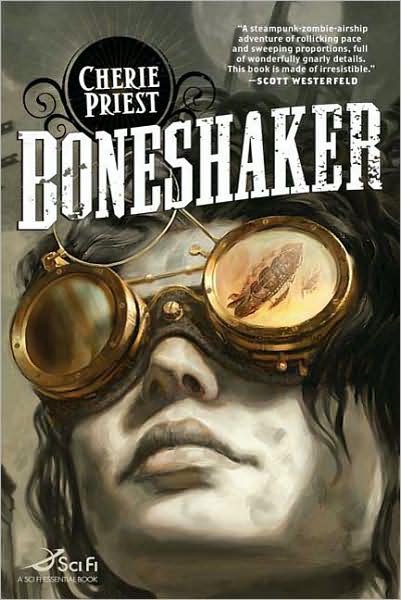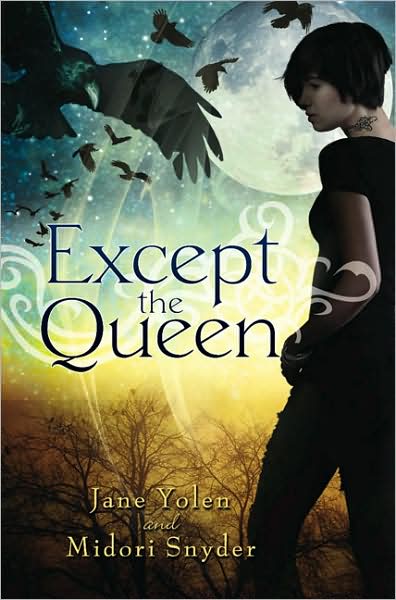A blog about books, libraries, and writing.
About This Blog
About Me
Blog Archive
Good Reads
Tuesday, March 30, 2010
Labels: Boneshaker, Cherie Priest, review
Labels: Ali Shaw, review, The Girl with Glass Feet
Wednesday, March 24, 2010
Labels: Anne Bishop, review, Shalador's Lady
Thursday, March 18, 2010
So, I've been taking a small break lately to relax from working two jobs these past few months and writing on top of that. This weekend I'm taking a mini vacation with two friends, so my normal influx of words after weekends will not be happening this weekend.
In other news, I'm just about done with Cherie Priest's Boneshaker, a steampunk zombie extravaganza that's up for a whole slew of SF/F awards this year, including the Nebula for best novel of 2009. So far, it's excellent, and I do recommend it. A more detailed review coming soon.
Also on the reading list is A Young Man Without Magic by Lawrence Watt-Evens and Oath of Fealty by Elizabeth Moon. I should get moving on some of this reading, as I have 7 more holds placed at the library, some of which should be arriving soon. So look for a slew of new reviews soon!
Tuesday, March 9, 2010
Labels: review, Roadkill, Rob Thurman
Labels: Except the Queen, Jane Yolen, Midori Snyder, review
Monday, March 8, 2010
Look! The making of a book cover! This one is all photo manip, but still fun to watch.
In other news, I'm exhausted. What with the only two-or-more-days off in a row I've had since mid-January being when I was sick (and recently, very sick), I'm a little burnt out. No end in sight yet, though! I've been doing bits and spurts of writing here and there, but nothing too solid and official looking. Mostly I'm playing with Chapter Two (formerly One), and with some climax scenese no one will see for quite a while.
Labels: Gail Carriger
Wednesday, March 3, 2010
http://scienceblogs.com/universe/2010/03/_ursula_k_leguin_is.php
Now, I love Google all to bits (hense why most of my internet use is done with Google software), but if we're going to re-write copyright law, then we need to do so in a way that makes sense. Simply throwing it out the window doesn't make sense (and won't get past Disney, in any case.)
SFF Blogs
-
So long, and thanks for all the books10 years ago
-
-
-
-
-
-
Cursed17 hours ago
-
-
-
-
-
Library Blogs and Links
Author Blogs
-
Test7 years ago
-
Barnum's Law of CEOs2 weeks ago
-
We have to stand up9 years ago
-
-
Freedom v Fear10 years ago
-
-
-
-
Otter on the Move11 years ago
-
cancer stuff update4 years ago
-
The end of an era.8 years ago
Copyright © 2009 Complicated Girl. All Rights Reserved.














